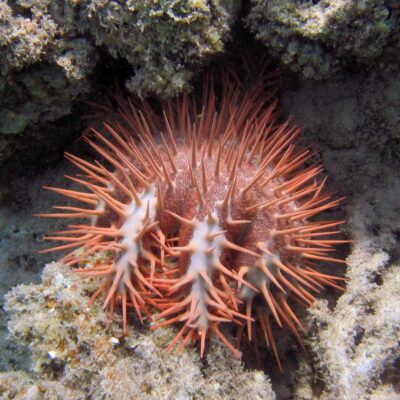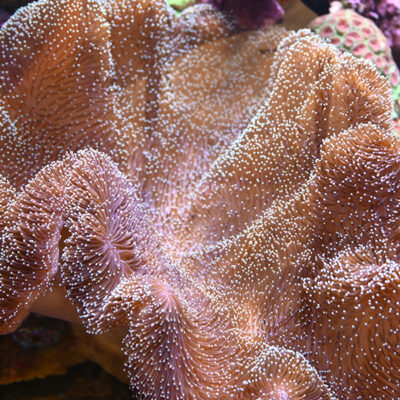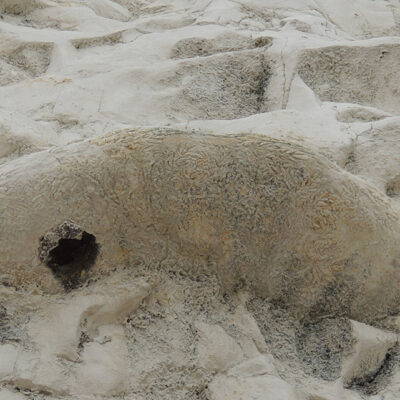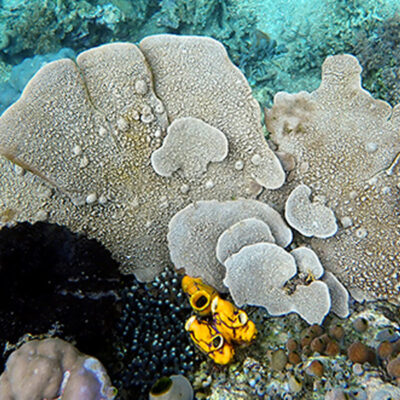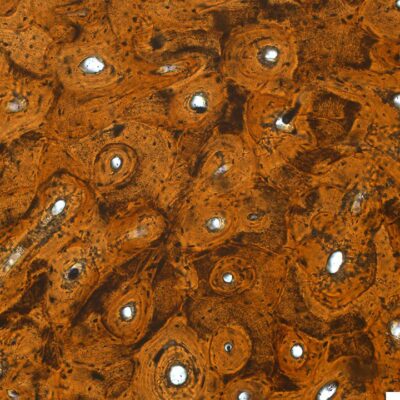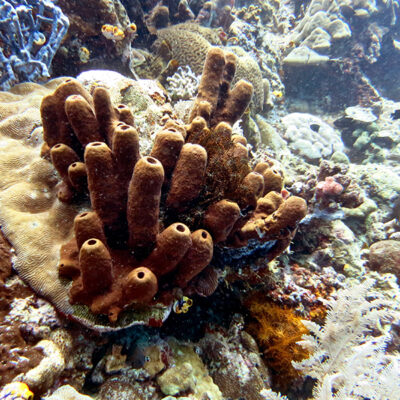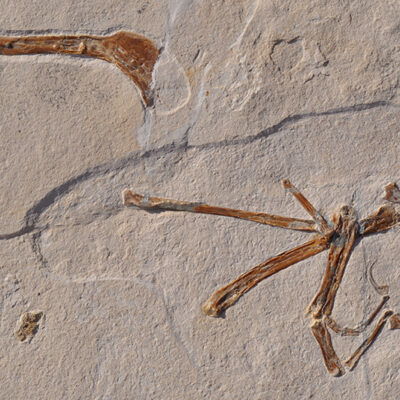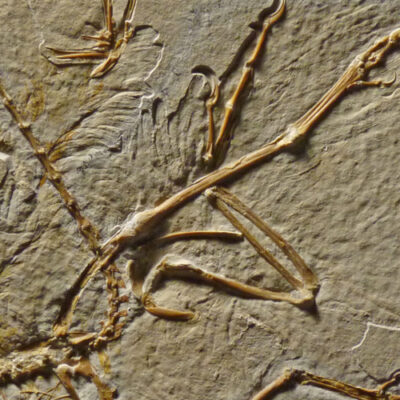Crown-of-thorns seastar from Red Sea is endemic species
29. November 2022 | Research Spotlights
Climate change: Independent stress response makes octocorals more robust
19. November 2021 | Research Spotlights
Recent News on Giant Cretaceous Ammonites
11. November 2021 | Research Spotlights
Deep-sea biodiversity off New Zealand higher than assumed
17. September 2021 | Research Spotlights
All eyes on the oceans
15. February 2021 | Research Spotlights
Evolution of Deer: Regular Antler Cycle is Older Than Previously Thought
17. December 2020 | Research Spotlights
Some Like It Hot: Global Warming Triggered the Evolution of Giant Dinosaurs
18. November 2020 | Research Spotlights
Sponges as biomonitors of micropollution
26. October 2020 | Research Spotlights
First Birds: Archaeopteryx Gets Company
14. May 2019 | Research Spotlights
The Eleventh Archaeopteryx
26. January 2018 | Research Spotlights | Research Spotlights


